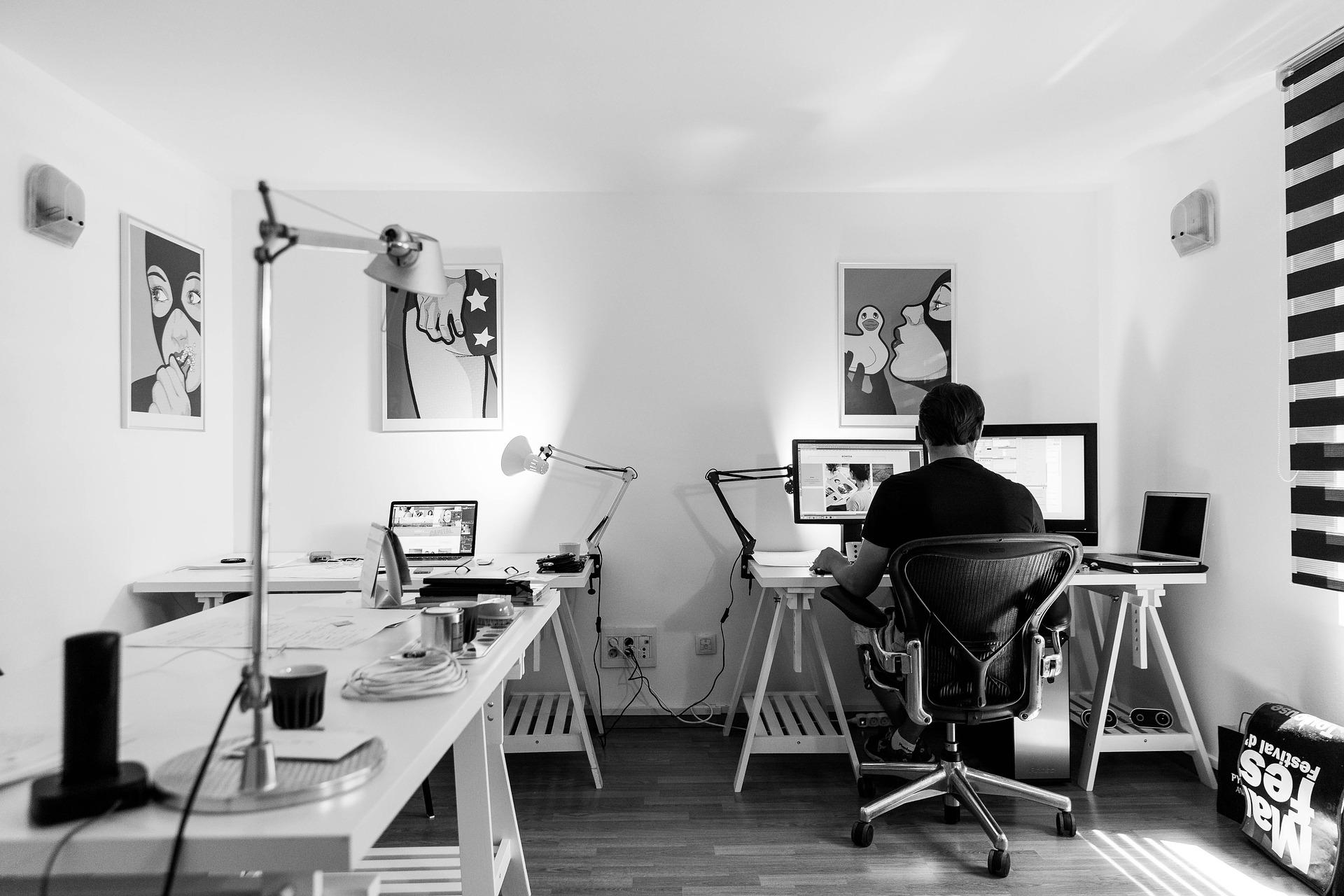If you’ve always wanted to build your own PC but are limited by your budget, then this guide will help you build a PC on a budget. This article will help you find a case and other hardware needed for a cheap gaming PC. It also covers tools and power supplies. After reading this, you should feel confident enough to attempt building your own computer, but be sure to consult a guide that has been written for computer building beginners.
Cheap gaming PCs
One of the best ways to make your game-playing experience better is to invest in a cheap gaming PC with a fast SSD. These devices are designed to run the operating system and the most commonly played games. By having a fast SSD, you will notice a reduction in loading times and a faster overall system. Some cheap gaming PCs, however, are equipped with smaller SSDs. In this case, you may need to change out games as you finish them to continue playing.
Tools
When building a PC, it is necessary to have a good set of tools for various tasks. A good work area with enough light is essential. If possible, use an anti-static mat to prevent electrostatic discharge. A screwdriver is one of the most important tools used during PC building. Make sure to keep a good selection of screwdrivers. You can also invest in a silicone mat with built-in dividers.
Power supply
Choosing a power supply for a budget custom PC can be tricky, especially if you have a high-end gaming PC in mind. If your components consume around 300 watts, a 600-watt power supply should suffice. However, if you plan to add more components, you’ll need to buy a higher-capacity unit. So, how do you choose the right power supply?
Case
If you don’t have the money to buy a computer and are not an expert in woodworking, you can easily build a PC case for yourself at home. All you need is 12mm or 18mm thick plywood, four screws, two aluminum frames, a power extension cord, 16 neodymium fridge magnets, and some beeswax. The finished product is sturdy and can be painted in your favorite color.
RAM
Installing RAM is one of the easiest components to install in your PC. It fits into vertical sockets beside the CPU, so start by inserting the RAM module into the first slot on the left. Once seated, it should lock into place. If installing two RAM modules, skip the slot between them. Check the motherboard manual for the proper RAM slot spacing, which can vary from model to model. After installing RAM, you should test the computer and make sure it’s working properly.
SSD
The cost of a 256GB SSD is relatively low, and a 1TB 7200 RPM hard drive costs less than Rs3,000. However, you can increase your storage capacity by upgrading to a 1TB or 2TB PCIe NVMe SSD. As for the motherboard, make sure that it supports PCIe 4.0. Then, pair your CPU with a B550 chipset motherboard with at least two PCIe 4.0 slots.
Prebuilt PCs vs. building your own
When choosing a PC, you should make a few considerations before choosing a prebuilt system. One of the biggest advantages of a prebuilt PC is that you can get it at a lower cost than a custom built one. Buying a prebuilt computer also means that you won’t have to deal with separate retailers for different parts of your computer. Furthermore, the price of some pre built systems is lower than the cost of purchasing the individual components separately.
